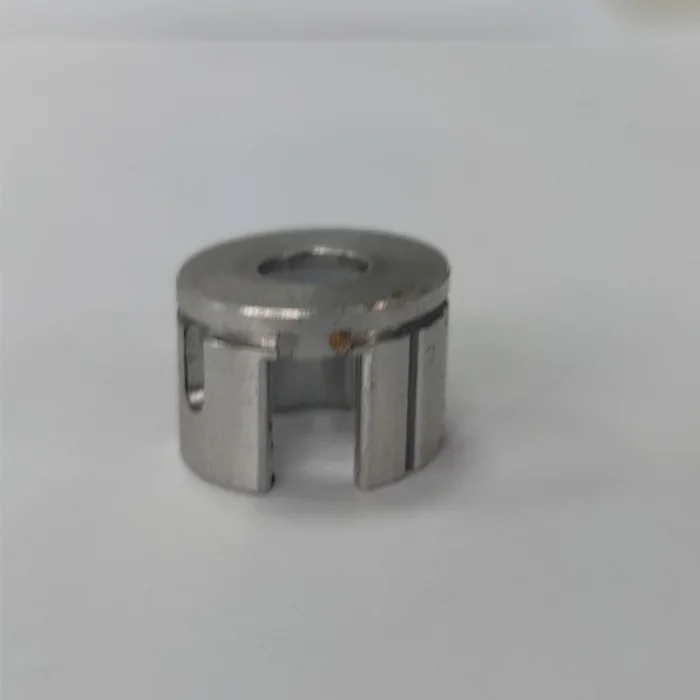Production process of CNC machining precision parts
CNC machining makes it possible to produce high-precision and complex parts. In this blog post, Rui Pu Luo will share with you the production process of CNC machining precision parts for sale. From design to finishing, we will explore each step involved, highlighting the technologies and techniques used.
1. Understanding CNC Machining
CNC machining, short for Computer Numerical Control machining, is a manufacturing process that utilizes computerized controls to operate machine tools. This technology allows for precise and repeatable production of complex parts with minimal human intervention. By understanding the basics of CNC machining, including its components and operation, one can better appreciate the subsequent steps involved in producing precision parts.
2. Designing Precision Parts for CNC Machining
The design phase is crucial in CNC machining, as it determines the final outcome of the part. CAD (Computer-Aided Design) software is used to create a 3D model, which is then converted into machine-readable instructions. Design considerations such as material selection, part geometry, and tolerances play a vital role in optimizing the manufacturing process.
3. Material Selection and Preparation
Choosing the right material is essential for CNC machining precision parts. Factors such as mechanical properties, cost, and availability need to be considered. Once the material is selected, it undergoes preparation processes like cutting, shaping, and deburring to ensure it is ready for CNC machining.
4. CNC Machining Techniques
CNC machining encompasses various techniques, each suited for specific part geometries and material properties. This section explores some of the most commonly used techniques, including milling, turning, drilling, grinding, and EDM. Each technique involves different tools and processes to shape the material into the desired form.

5. Quality Control and Inspection
Maintaining high-quality standards is crucial in CNC machining. This section discusses the importance of quality control and inspection throughout the production process. Techniques such as dimensional measurement, surface analysis, and non-destructive testing are employed to ensure the precision and accuracy of the finished parts.
6. Surface Finishing and Post-Processing
Surface finishing is an essential step in CNC machining to enhance the appearance and functionality of precision parts. Techniques like sanding, polishing, anodizing, and coating are employed to achieve the desired surface characteristics. Additionally, post-processing steps such as assembly, engraving, and packaging may be performed to prepare the parts for their intended use.
7. Advantages and Limitations of CNC Machining
Understanding the advantages and limitations of CNC machining is crucial for making informed decisions in manufacturing. This section highlights the benefits of CNC machining, such as high precision, repeatability, and versatility. It also discusses the limitations, including cost, complexity, and material constraints, which need to be considered during the production process.
Conclusion
CNC machining precision parts require a meticulous production process that involves design, material selection, machining techniques, quality control, surface finishing, and post-processing. By understanding each step and the technologies involved, manufacturers can optimize their production processes and achieve high-quality precision parts. CNC machining continues to evolve, pushing the boundaries of what is possible in manufacturing, and it is undoubtedly a technology that will shape the future of the industry.
https://www.rplmachining.com/Production-process-of-CNC-machining-precision-parts.html
Rui Pu Luo
ruipuluo_wyh2017@163.com
